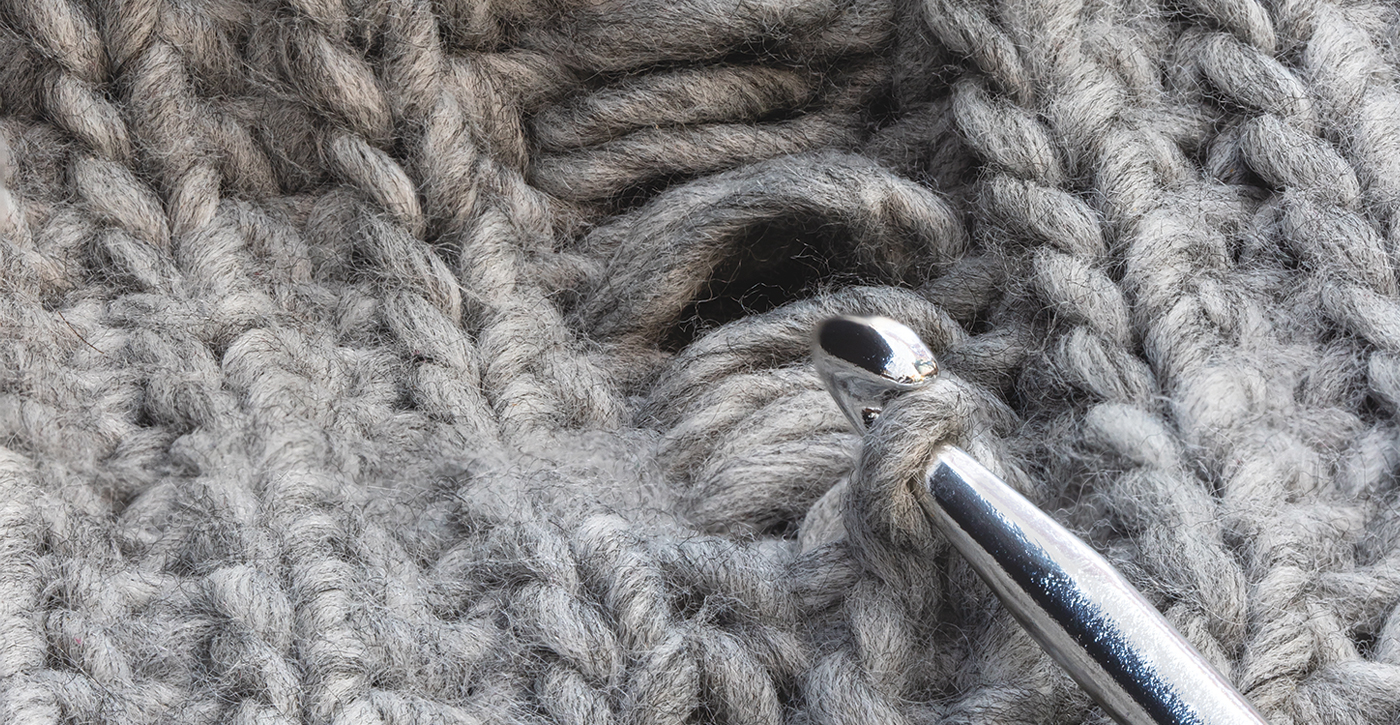Our world is torn and broken. Many parts of it are not working. There are great tears and gashes, holes and frayed edges. What it needs is mending. And in general that’s something we’re not very good at. Ours is not a culture of mending. Somewhere along the line we got confused and started believing that if something is broken or torn we should throw it out and get a new one. We are not helped in this by a system that is focused on consumption rather than quality—that produces things with an intentionally short life so that it can sell us more.
But we can’t throw out the world. It’s been around for quite a while, and it’s worth saving. Besides, it’s the only one we have. So—we have to learn to mend.
This is not a hardship. Not long ago, I had the privilege of helping a young woman mend a favorite dress. A small hole had made it unwearable. We found a place around a seam in the hem where we could cut out a tiny bit of fabric and sew it back up to leave no trace. Then, with the tiniest of stitches, she sewed that bit of fabric over the hole. It took quite a while, but when it was done her beloved dress was restored, and we’d had an evening together to cherish.
To mend something well, you have to understand how it’s put together. How do the seams work in a dress? What is the process of knitting that will allow me to repair a long unraveling? It can be hard when, in order to fix something, you have to take a first step that makes it worse. I don’t mind disassembling things; if I just pay attention I have a fair amount of confidence that I can get them back together. But with my wobbly dining room chairs I needed the support of a more experienced friend to know that, before they could be solidly reglued, I had to knock the joints completely apart. Once I had good access to all those pegs and holes, it was easy to know what to do.
I think we just need to practice, knowing that it’s time well spent—practice sewing buttons back on (and snipping them off the shirts that are beyond repair, so we’ll have some extras in time of need); practice taping torn books or maps; practice gluing broken parts together.
Sometimes there’s skill involved—putting new cloth underneath a frayed part to give it strength, then stitching to make them one; whittling a replacement part till it fits just right; creating a tidy woven patch in the heel of a sock. It can help to have the right tools. You need materials—bits of wood, cloth, yarn. But mostly it just requires patience. Mending takes time.
Then there is the relationship that gets broken or torn or frayed around the edges. The impulse to just throw it out and get a new one can be strong. But we can practice mending here as well—acknowledging our part, listening from the heart, saying we’re sorry, not giving up on ourselves or the other person, putting in the time to be in contact.
What if we thought of mending as a critical activity in our quest for a truly livable world? Then every time we sewed a button, every time we apologized, or repaired something rather than throwing it out, we could remember that we are building the skills, muscles, and attitudes that are needed to make our world whole.


